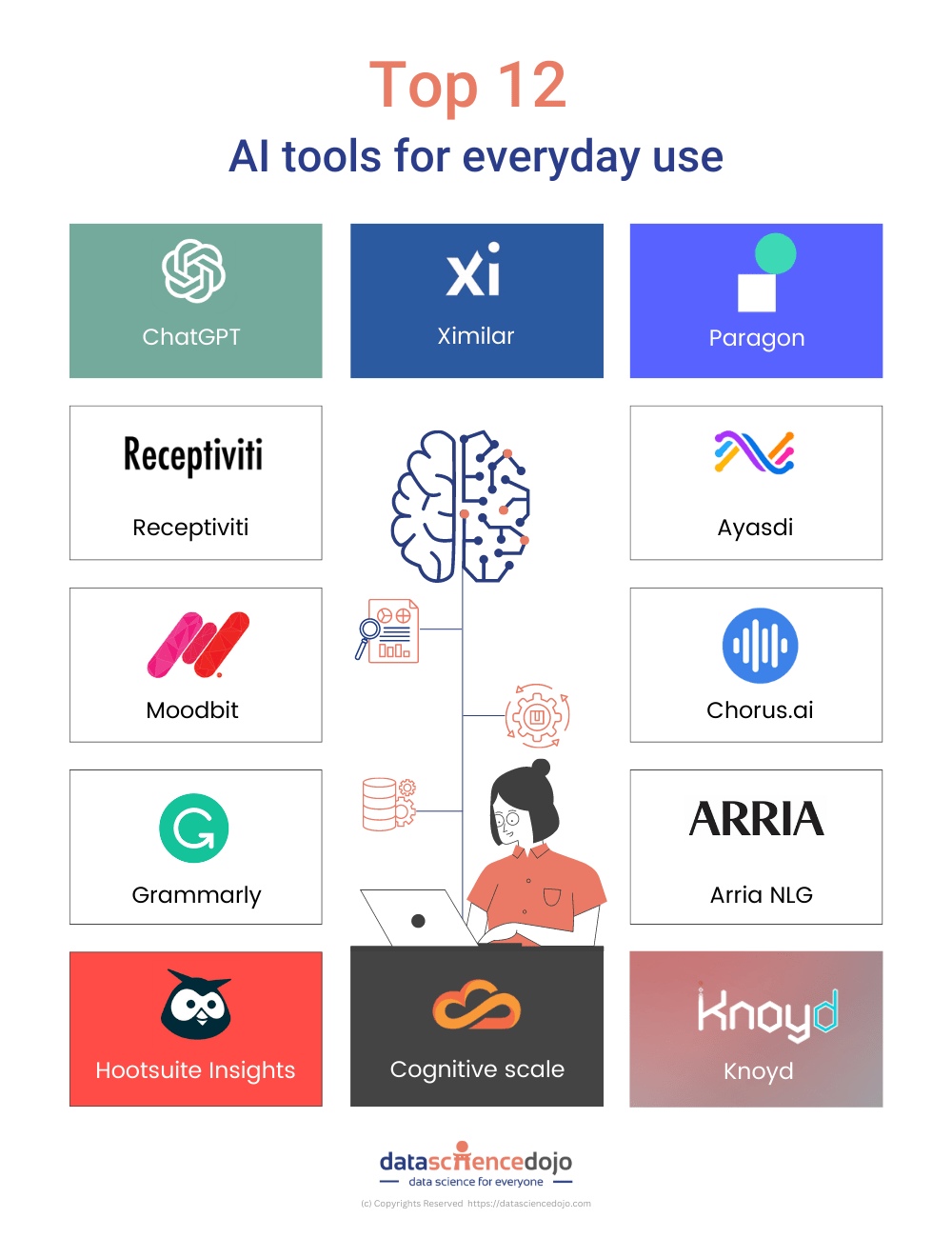In recent years, artificial intelligence (AI) has rapidly evolved, reshaping various industries and daily tasks. From automating mundane processes to enhancing creativity, AI tools have become invaluable assets for businesses and individuals alike. This Ai Tools article delves into the different types of AI tools, their applications, and their potential impact on our future.
What Are AI Tools?
AI tools are software applications that use algorithms and machine learning techniques to perform tasks that typically require human intelligence. These tasks include natural language processing, image recognition, data analysis, and decision-making. AI tools can be broadly categorized into the following categories:
1. Natural Language Processing (NLP) Tools
NLP tools enable machines to understand, interpret, and respond to human language. They are widely used in applications like chatbots, virtual assistants, and content generation.
Examples:
- ChatGPT: An advanced conversational AI that can engage in human-like dialogues, provide information, and even assist with creative writing.
- Grammarly: An AI-driven writing assistant that helps users improve their writing by suggesting grammar corrections, style improvements, and clarity enhancements.
2. Image and Video Recognition Tools
These tools analyze visual content, allowing for applications in security, marketing, and healthcare.
Examples:
- Google Vision API: Analyzes images for various attributes, including facial recognition and object detection, enabling businesses to automate image categorization.
- DeepArt: Uses AI to transform photos into artwork, blending artistic styles with personal images.
3. Data Analysis and Visualization Tools
AI-driven data analysis tools help organizations derive insights from large datasets, making decision-making faster and more informed.
Examples:
- Tableau: Integrates AI to help users visualize and understand data trends easily.
- IBM Watson Analytics: Provides natural language processing to analyze data and generate insights without requiring extensive technical knowledge.
4. Automation Tools
Automation tools streamline repetitive tasks, enhancing productivity and efficiency.
Examples:
- Zapier: Connects various applications to automate workflows without needing to write code.
- UiPath: Focuses on robotic process automation (RPA) to automate business processes.
5. Creative Tools
AI tools are increasingly being used in creative fields, offering artists, musicians, and writers new ways to express themselves.
Examples:
- OpenAI’s DALL-E: Generates images from textual descriptions, opening new avenues for visual storytelling.
- AIVA: Composes original music based on user input and genre preferences, assisting musicians in their creative process.
Benefits of AI Tools
- Increased Efficiency: AI tools can perform tasks faster than humans, freeing up time for more strategic activities.
- Cost Savings: Automating repetitive tasks can reduce labor costs and minimize human error.
- Enhanced Creativity: AI tools can serve as collaborators in creative processes, offering new ideas and perspectives.
- Data-Driven Decision Making: AI analysis provides actionable insights that can drive better business strategies.
Challenges and Considerations
Despite their many advantages, AI tools also pose challenges:
- Ethical Concerns: The use of AI raises questions about data privacy, bias in algorithms, and job displacement.
- Dependence on Technology: Over-reliance on AI can lead to skill degradation in human workers.
- Integration Issues: Implementing AI tools requires investment in infrastructure and training, which can be a barrier for some organizations.
The Future of AI Tools
The landscape of AI tools is continually evolving. As technology advances, we can expect:
- More Personalization: AI tools will increasingly tailor their functions to meet individual user needs.
- Better Collaboration: AI will enhance teamwork by integrating seamlessly into existing workflows and tools.
- Greater Accessibility: As AI tools become more user-friendly, they will empower individuals without technical backgrounds to harness their capabilities.
Conclusion
AI tools are revolutionizing how we work and create. By automating processes, enhancing decision-making, and providing creative assistance, they hold the potential to transform various aspects of our lives. As we navigate the challenges that accompany this technology, it is crucial to harness its capabilities responsibly and ethically. The future of work and creativity lies in our ability to adapt and integrate these powerful tools into our daily routines.
